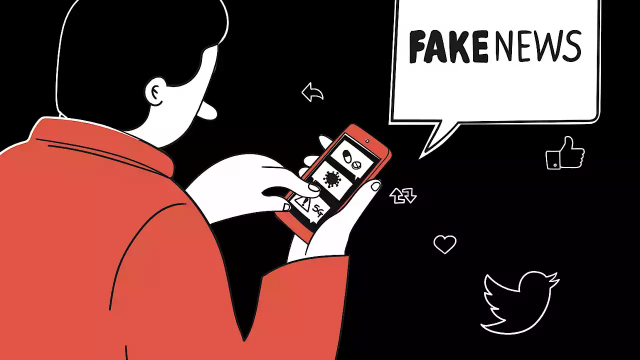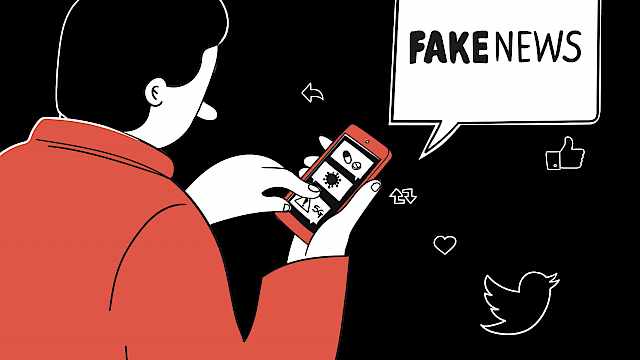Tom Buchanan
CREST Outputs
Projects
Articles
Academic Publications
Why do people spread false information online? The effects of message and viewer characteristics on self-reported likelihood of sharing social media disinformation
Individuals who encounter false information on social media may actively spread it further, by sharing or otherwise engaging with it. Much of the spread of disinformation can thus be attributed to human action. Four studies (total N = 2,634) explored the effect of message attributes (authoritativeness of source, consensus indicators), viewer characteristics (digital literacy, personality, and demographic variables) and their interaction (consistency between message and recipient beliefs) on self-reported likelihood of spreading examples of disinformation. Participants also reported whether they had shared real-world disinformation in the past. Reported likelihood of sharing was not influenced by authoritativeness of the source of the material, nor indicators of how many other people had previously engaged with it. Participants’ level of digital literacy had little effect on their responses. The people reporting the greatest likelihood of sharing disinformation were those who thought it likely to be true, or who had pre-existing attitudes consistent with it. They were likely to have previous familiarity with the materials. Across the four studies, personality (lower Agreeableness and Conscientiousness, higher Extraversion and Neuroticism) and demographic variables (male gender, lower age and lower education) were weakly and inconsistently associated with self-reported likelihood of sharing. These findings have implications for strategies more or less likely to work in countering disinformation in social media.
(From the journal abstract)
Buchanan, T. (2020). Why do people spread false information online? The effects of message and viewer characteristics on self-reported likelihood of sharing social media disinformation. PLOS ONE, 15(10), e0239666.
https://doi.org/10.1371/journal.pone.0239666
Projects
Articles
Academic Publications
Why do people spread false information online? The effects of message and viewer characteristics on self-reported likelihood of sharing social media disinformation
Individuals who encounter false information on social media may actively spread it further, by sharing or otherwise engaging with it. Much of the spread of disinformation can thus be attributed to human action. Four studies (total N = 2,634) explored the effect of message attributes (authoritativeness of source, consensus indicators), viewer characteristics (digital literacy, personality, and demographic variables) and their interaction (consistency between message and recipient beliefs) on self-reported likelihood of spreading examples of disinformation. Participants also reported whether they had shared real-world disinformation in the past. Reported likelihood of sharing was not influenced by authoritativeness of the source of the material, nor indicators of how many other people had previously engaged with it. Participants’ level of digital literacy had little effect on their responses. The people reporting the greatest likelihood of sharing disinformation were those who thought it likely to be true, or who had pre-existing attitudes consistent with it. They were likely to have previous familiarity with the materials. Across the four studies, personality (lower Agreeableness and Conscientiousness, higher Extraversion and Neuroticism) and demographic variables (male gender, lower age and lower education) were weakly and inconsistently associated with self-reported likelihood of sharing. These findings have implications for strategies more or less likely to work in countering disinformation in social media.
(From the journal abstract)
Buchanan, T. (2020). Why do people spread false information online? The effects of message and viewer characteristics on self-reported likelihood of sharing social media disinformation. PLOS ONE, 15(10), e0239666.


